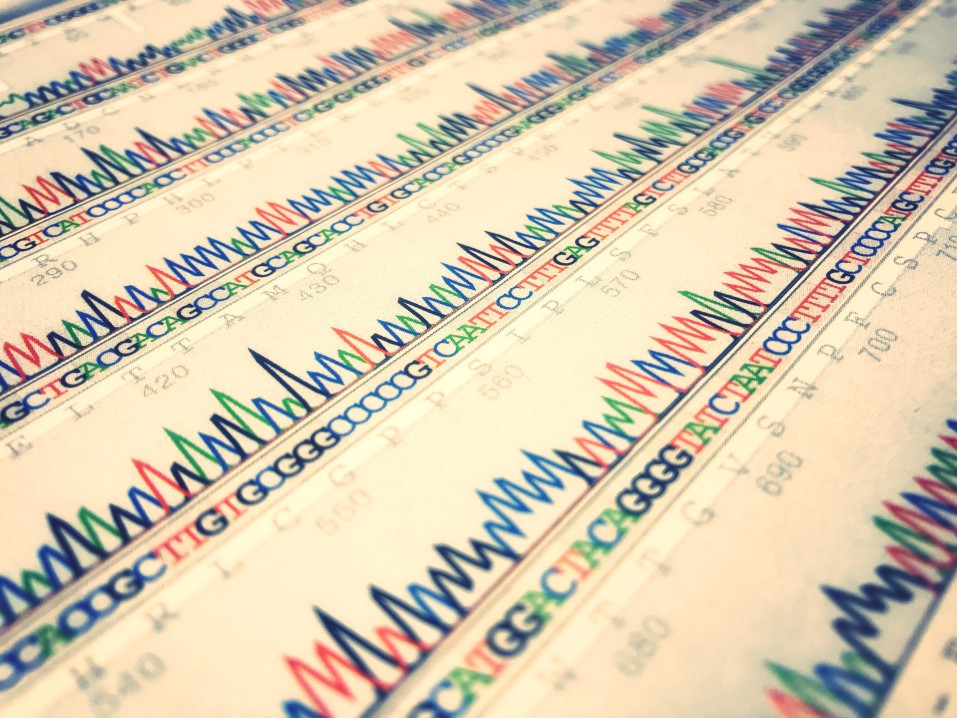Catalyst: Technology
There are several important technologies that are maturing after decades of development which we anticipate will have broad, system-wide impacts.
While many interesting technologies are introduced each year, we are focused on those that affect basic human needs and interaction protocols. Among these technologies are genomics, biotechnology, artificial intelligence, augmented reality, blockchain, and robotics.











